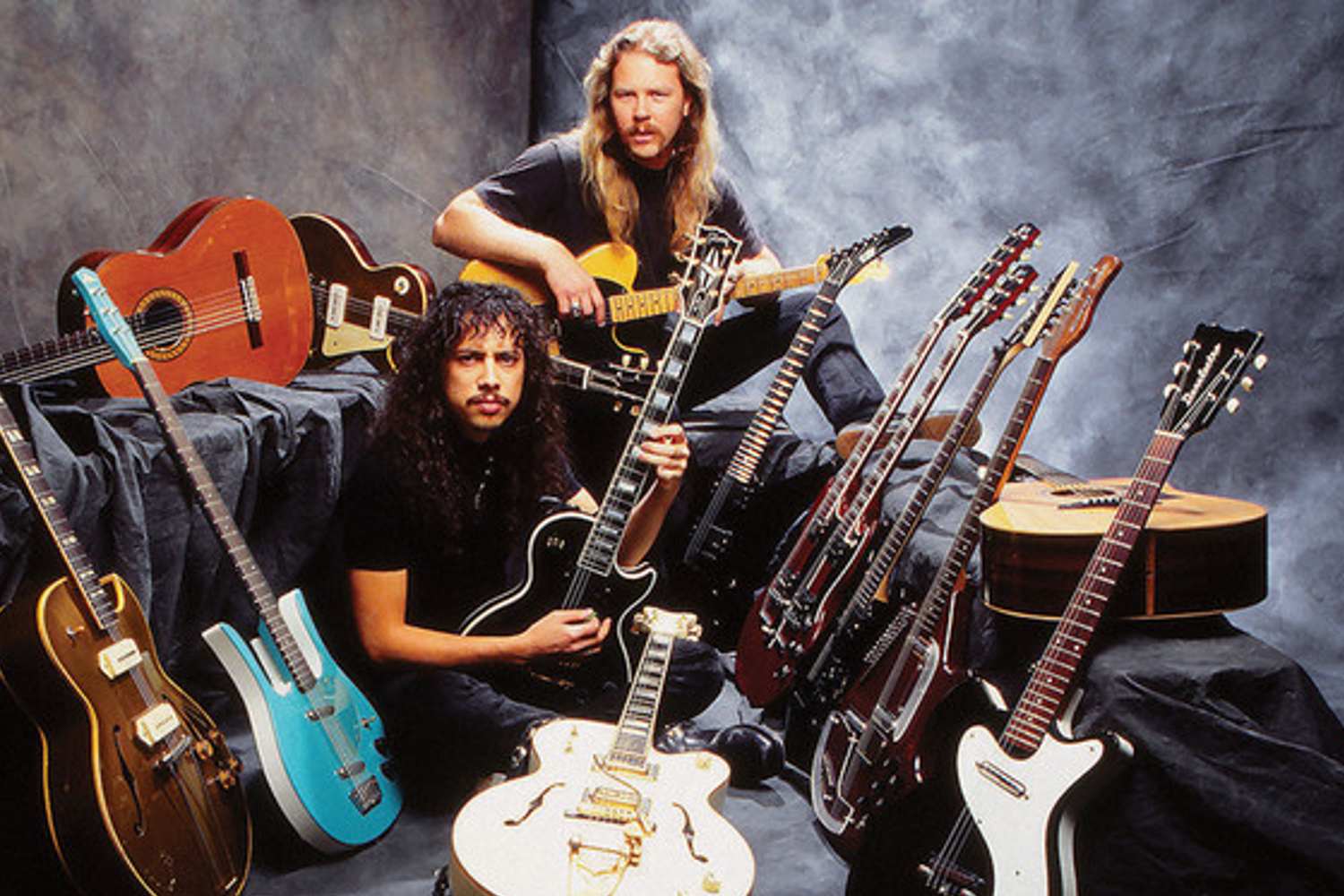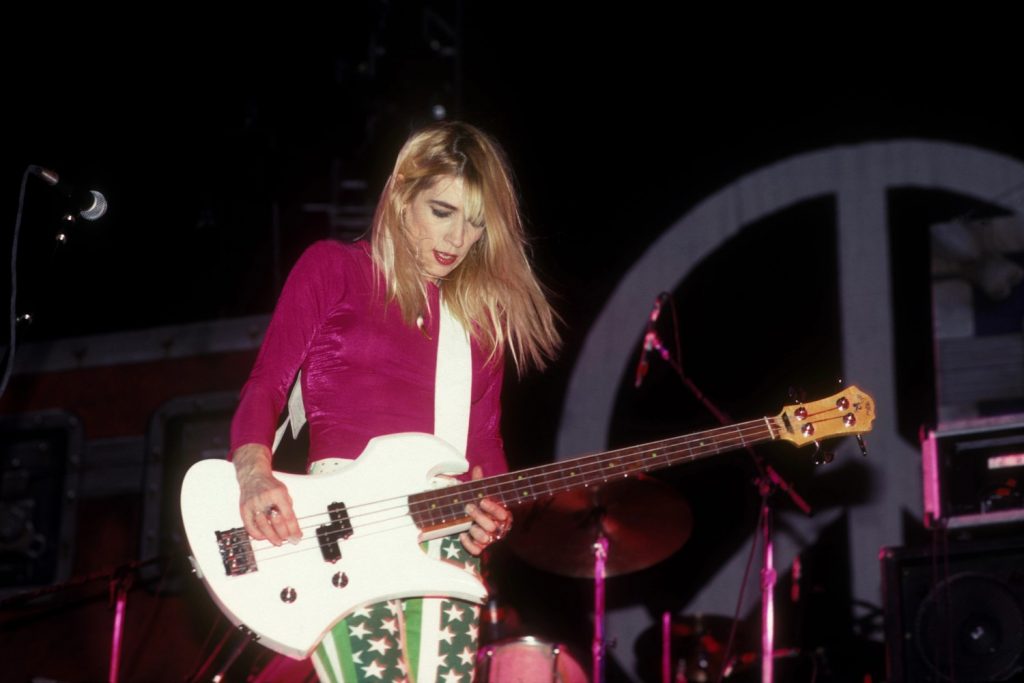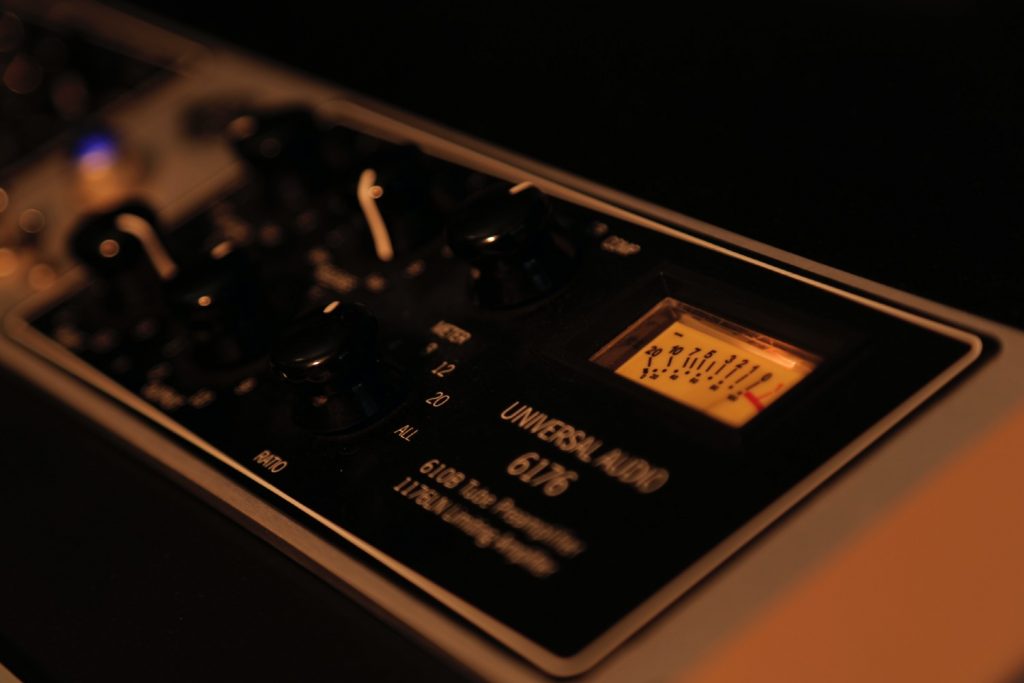The guitars of Metallica have been a rotating roster of different shapes, angles, pickups configurations and brands.
Metallica are one of the biggest bands in history. While more recent years have seen a slew of artist models, both at accessible prices all the way to top-tier Custom Shop specifications, the guitars of Metallica have been a rotating roster of different shapes, angles, pickups configurations and brands, all the while being the instruments involved in some of the most iconic riffs in history. Metallica was formed in 1981 and featured a 17-year old James Hetfield on guitar and vocals, with Dave Mustaine, then 20-years old, on lead guitar.
Read up on all the latest features and columns here.
Gibson Flying V copy
The super early days saw an Electra 2236 strung across Hetfield’s shoulder, a copy of a Gibson Flying V with the 70s style pick guard and finished in the now iconic vintage white.
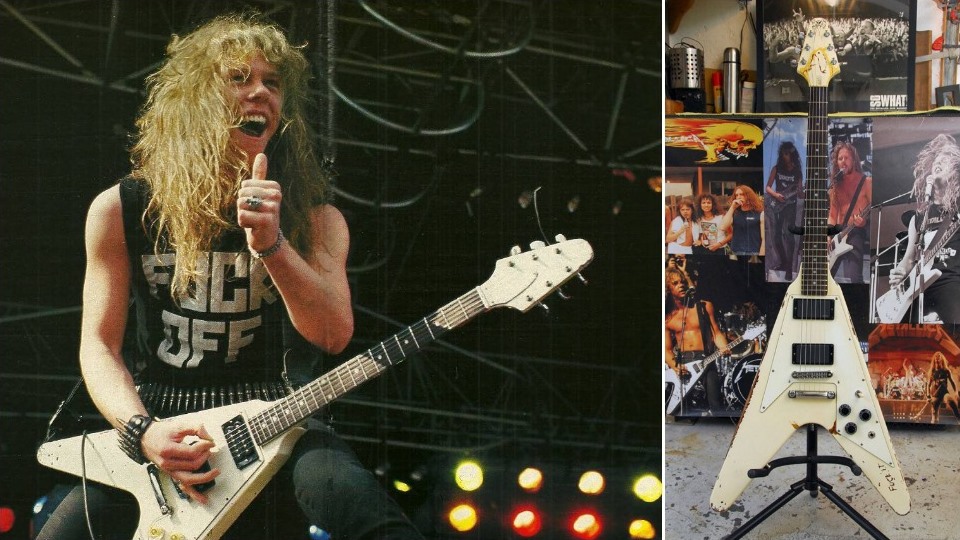
Ibanez Destroyer II D400
Mustaine played an Ibanez Destroyer II D400, their take on an Explorer-style shape, loaded with the presumably stock Ibanez Super 58 humbucker in the neck and V2 in the bridge position.
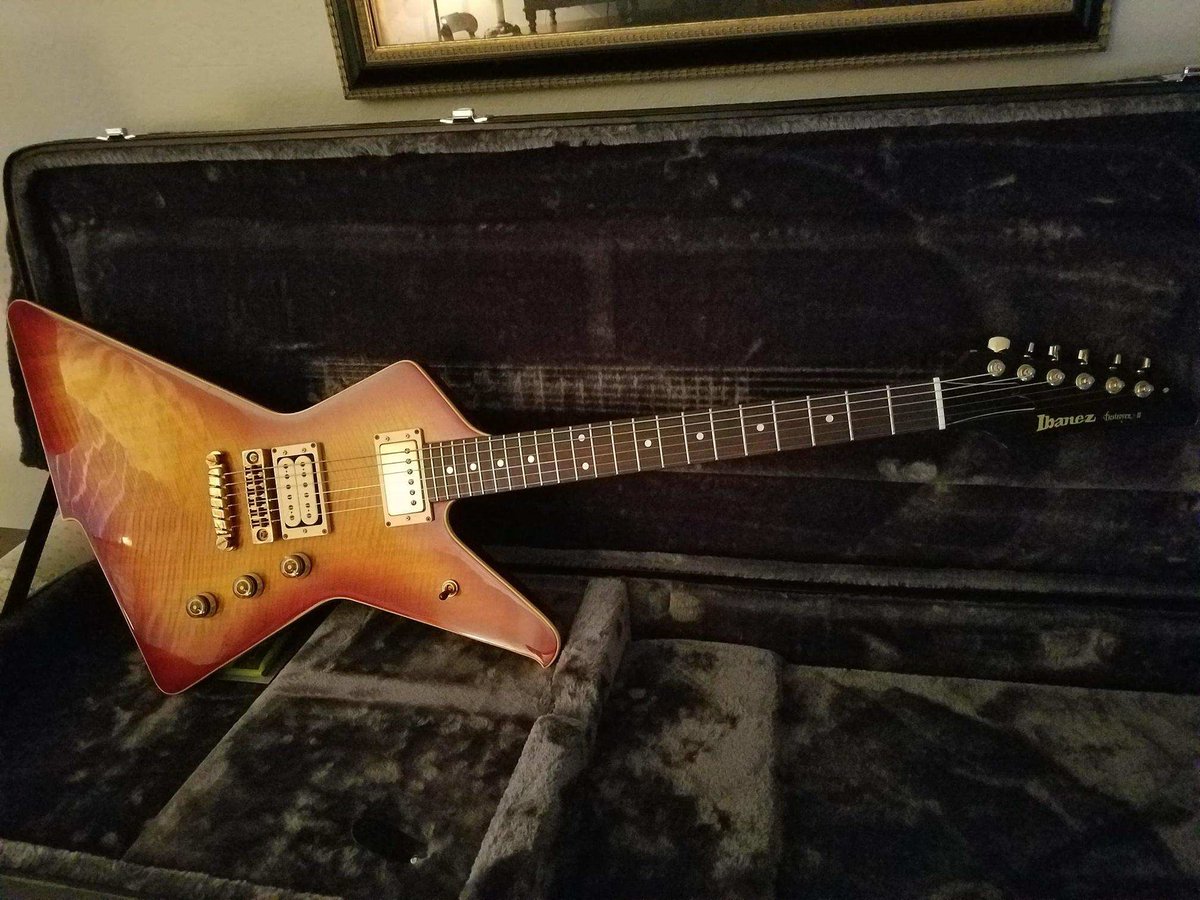
Jackson Randy Rhoads
While there’s mixed stories on why Mustaine left a few years later, he was replaced by a young Kirk Hammet, of Exodus fame at the time. Kirk arrived with a slew of equally angular guitars, including a 1983 Jackson Randy Rhoads and ESP M Series super-Strat, also being photographed at times with a Fernandes Stratocaster, a Japanese Strat clone.
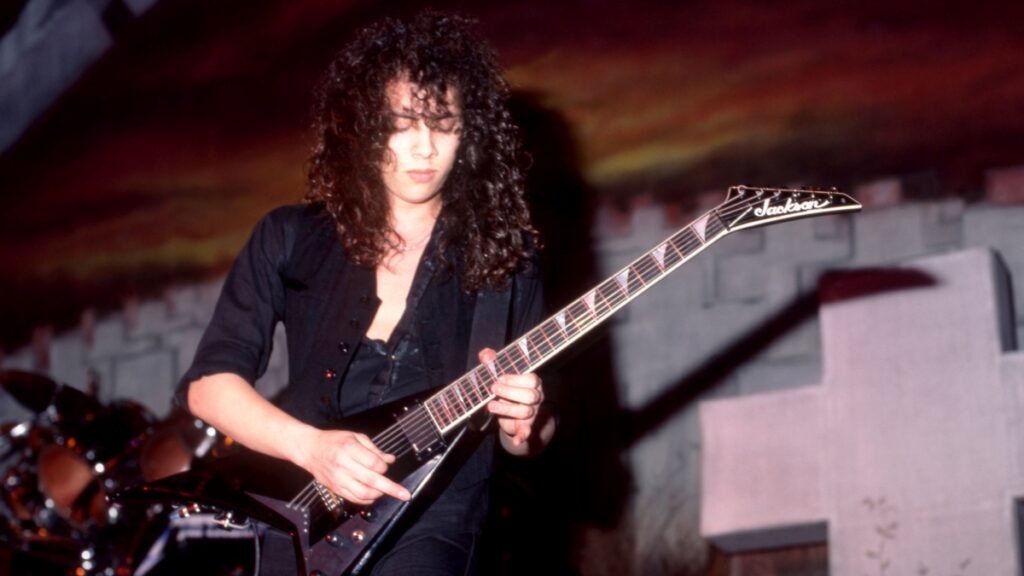
1984 Gibson Explorer
The mid 80s saw Metallica sky rocket to international fame, with extensive touring and sold out shows around the world. Hetfield could be seen playing 1984 Gibson Explorers, iconic because of their minimalistic design, featuring no pickguard and simple electronics. Two guitars specifically were toured extensively, known colloquially as the “So What” and “More Beer” Explorers because of the bold stickers adorning different parts of the guitars. The stock Gibson pickups were replaced with active EMG humbuckers, usually an 81 and 60 set, which would become a staple of Metallica’s sound for the next few decades. During this time, Hetfield was also photographed with a Jackson King V, iconic because of the “Kill Bon Jovi” sticker affixed to the headstock, and again featuring a set of EMG humbuckers.
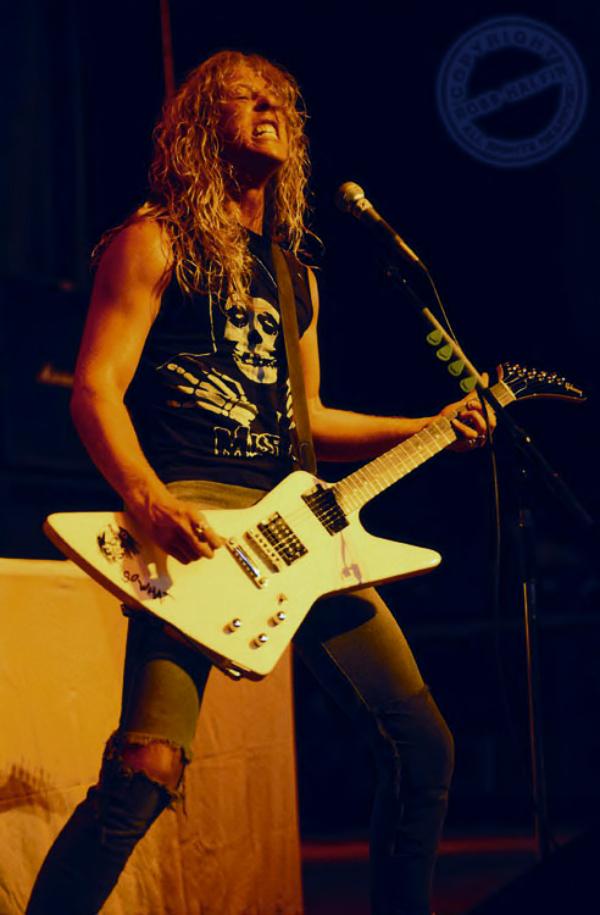
1986 ESP MM-270 “Zorlac”
Taking cues from Hetfield, Hammet played a 70s Flying V throughout this period, though this time in black with a white pickguard. The mid-80s also saw Kirk playing a 1986 ESP MM-270 “Zorlac”, with iconic skull and bones inlays that would become a mainstay of Kirk’s M-series signature models to come.

Double-Neck ESP M250
The Black Album elevated Metallica to new heights again, and as their music evolved, so did their instruments. While playing songs from their entire catalogue, Hetfield’s Double-Neck ESP M250 allowed them to play songs like ‘Fade to Black’ live, despite the song having been released on Ride the Lightning some years earlier.
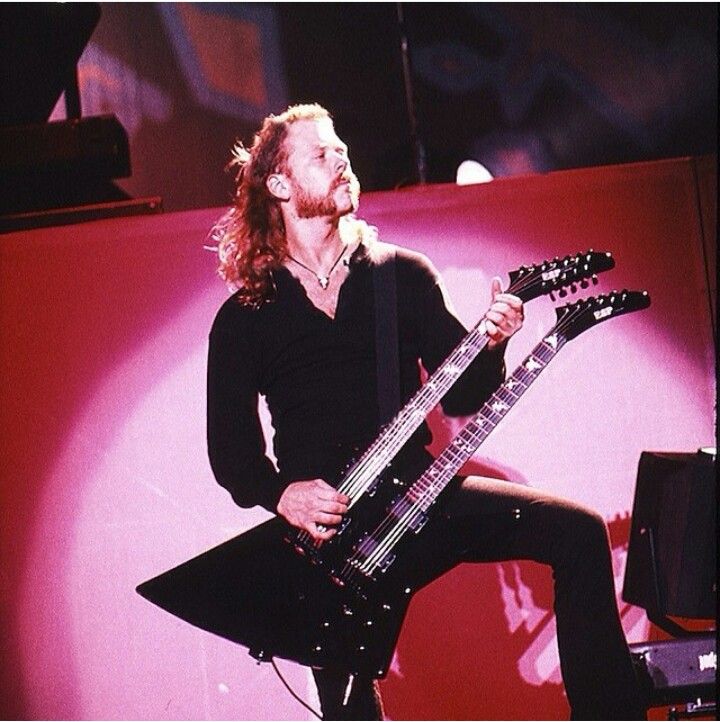
Hammet used an ESP extensively throughout this period, now known as the “Caution Hot” guitar because of the orange sticker adorning the belly of the solid-body M-Series ESP.
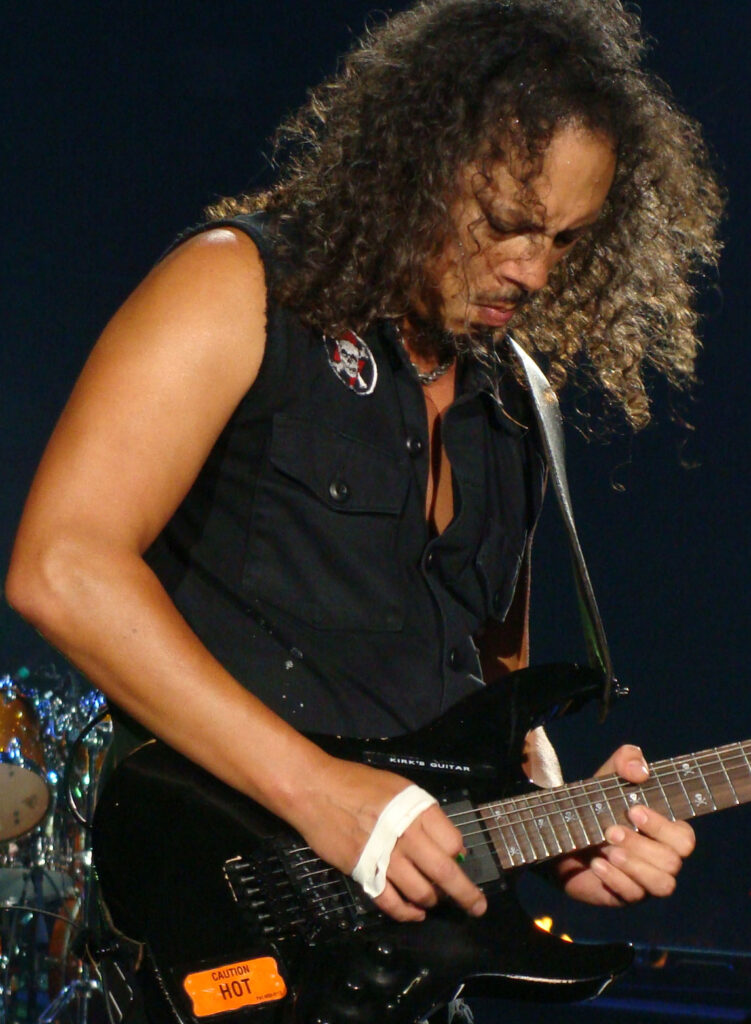
1992 Onwards
While this may seem like a big jump, Metallica’s expanding guitar collection became more diverse with their growing catalogue and fame. Many of the guitars discussed already make appearances throughout live shows, as well as their S&M performances with the San Francisco Symphony. Hetfield settled comfortably into playing guitars well suited to rhythm, like a 1973 Les Paul Custom, customised with hot-rod and other auto insignia that would influence his ongoing artist models with ESP. More recently, Hetfield can be seen playing custom Explorer style electrics made by Ken Lawrence. These are recognisable thanks to their natural wood grain finish and unique, curved headstocks. Hetfield has also done stints on acoustics from Martin, and a particularly interesting Chet Atkins classical, produced for a time when Chet moved from Gretsch to Gibson.
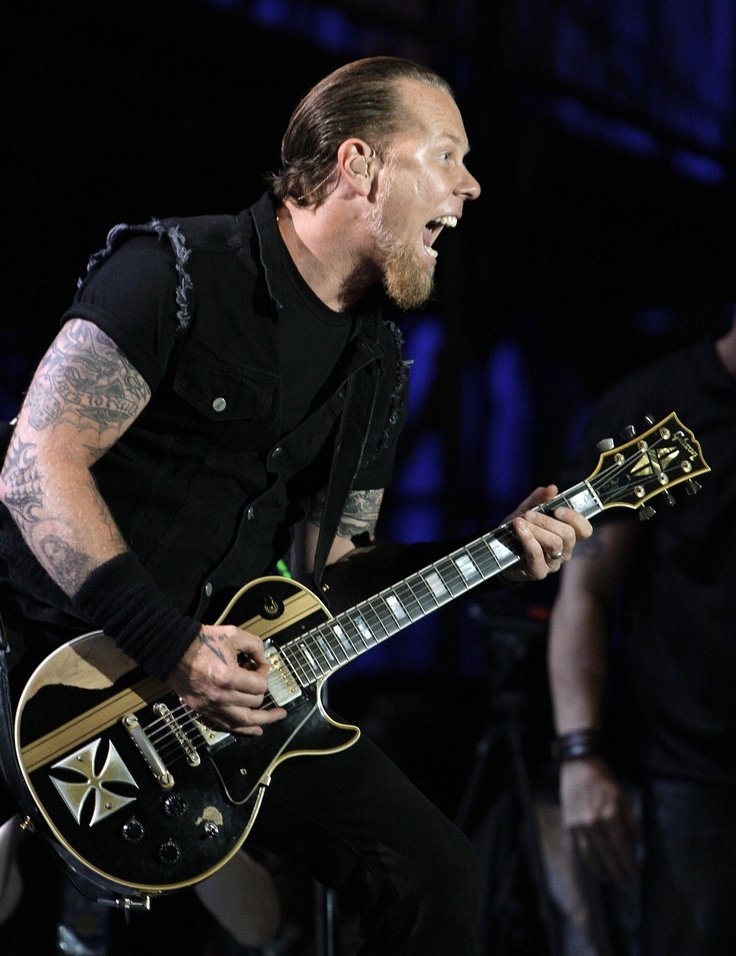
Meanwhile, Hammet has deviated with more and more ESP artist models, many of which with custom paint jobs paying tribute to Kirk’s love of horror films, though often in an M-Series, Super Strat shape and made by ESP, the more accessible models being manufacturer by LTD.
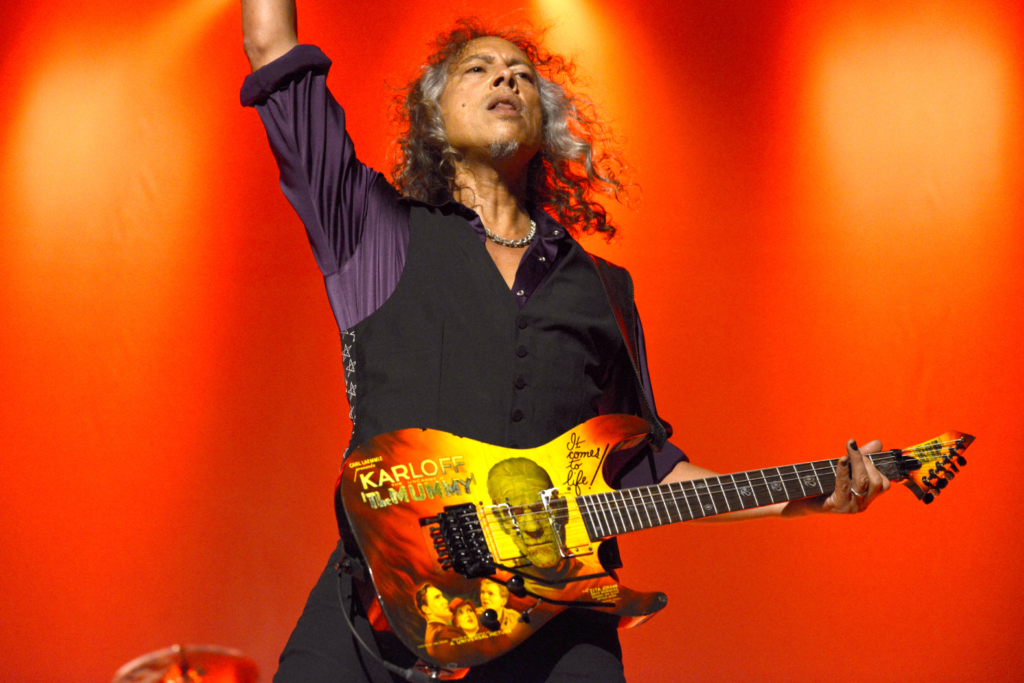
More recently, Kirk acquired the famous ‘Greeny’ Les Paul, named Greeny because of the subtle green hue of the ageing lacquer, as well as having been owned by Peter Green of Fleetwood Mac. Peter Green sold it to blues legend Gary Moore who was the owner before Kirk paid “less than $2 million” for it in 2014. Kirk has toured the guitar since, and Gibson have recently released Murphy Lab and USA production replicas.

Metallica are one of the biggest names in musical history, and the guitars they’ve used throughout their time at the top have done as much to inform their sound as their genius riff-writing brains. Both Kirk Hammet and James Hetfield have settled into their own comfortable lanes, playing guitars that work well for their style within the machine that is Metallica, complementing their playing styles and slotting them into the dense arrangements whether playing lead or rhythm, electric or acoustic. Their journey as musicians has seen them strumming countless set of strings on many a guitar’s body, and it’s equally interesting to see them landing back on classic designs. The instrument both limits and augments the player, inspiring creativity, and the guitars of Metallica have seen them pen some of the most memorable hooks, riffs and solos in heavy metal history.
Keep up to date with all things Metallica here.
